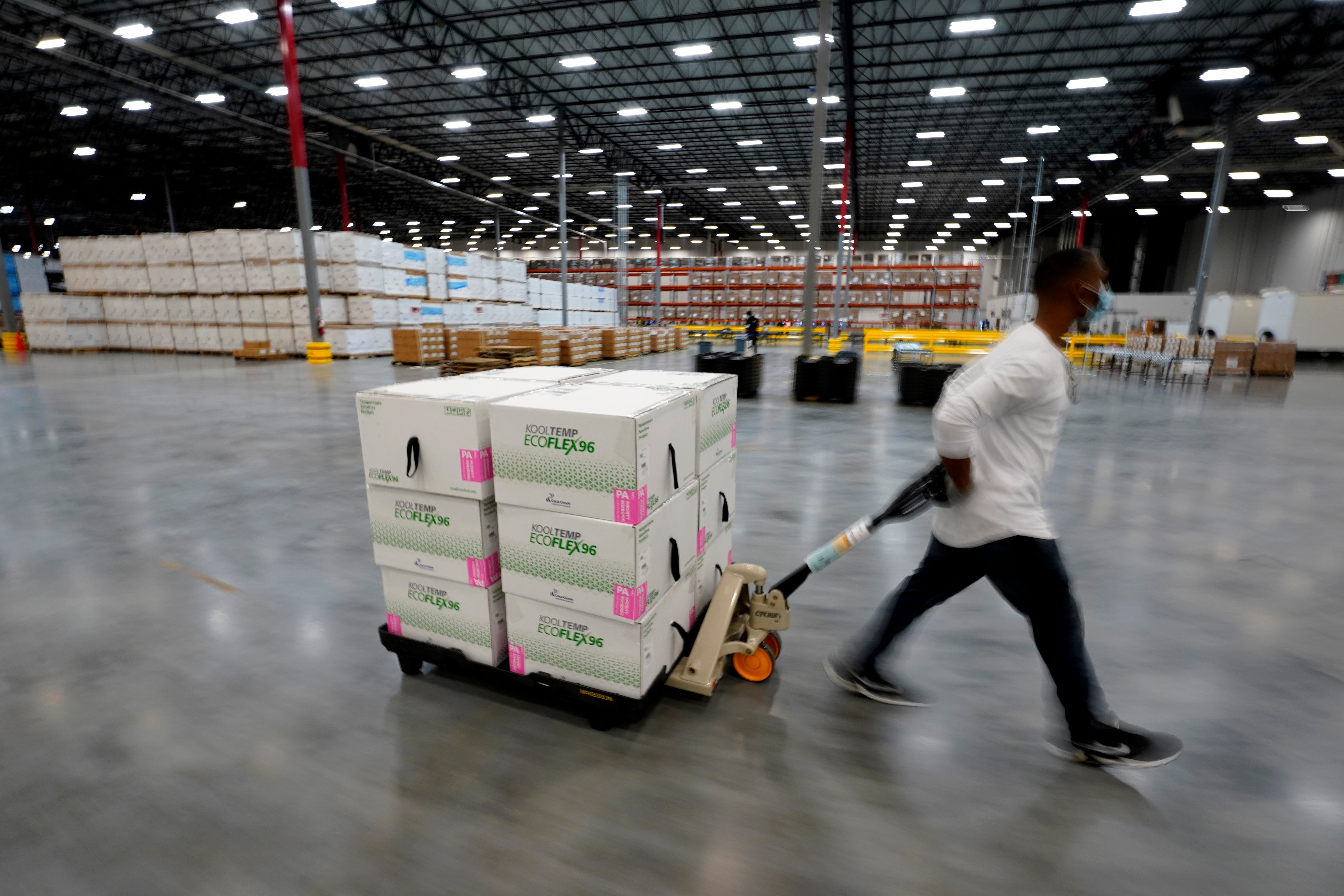Highlights of $900 billion COVID-19 relief, wrapup bills
Congressional leaders have hashed out a massive, year-end catchall bill that combines $900 billion in COVID-19 aid with a $1.4 trillion omnibus spending bill and reams of other unfinished legislation on taxes, energy, education and health care

Your support helps us to tell the story
From reproductive rights to climate change to Big Tech, The Independent is on the ground when the story is developing. Whether it's investigating the financials of Elon Musk's pro-Trump PAC or producing our latest documentary, 'The A Word', which shines a light on the American women fighting for reproductive rights, we know how important it is to parse out the facts from the messaging.
At such a critical moment in US history, we need reporters on the ground. Your donation allows us to keep sending journalists to speak to both sides of the story.
The Independent is trusted by Americans across the entire political spectrum. And unlike many other quality news outlets, we choose not to lock Americans out of our reporting and analysis with paywalls. We believe quality journalism should be available to everyone, paid for by those who can afford it.
Your support makes all the difference.Congressional leaders have hashed out a massive, year-end catchall bill that combines $900 billion in COVID-19 aid with a $1.4 trillion omnibus spending bill and reams of other unfinished legislation on taxes energy, education and health care. The huge, still-unreleased bill is slated for votes on Monday — with lawmakers having only a few hours to read it before casting their votes.
Highlights of the measure with overall funding amounts and specific amounts for some but not necessarily all initiatives:
___
DIRECT ECONOMIC RELIEF ($286 billion)
Unemployment insurance ($120 billion). Revives supplemental federal pandemic unemployment benefits but at $300 per week — through March 14 — instead of the $600 per week benefit that expired in July. Extends special pandemic benefits for “gig” workers and extends the maximum period for state-paid jobless benefits to 50 weeks.
Direct payments ($166 billion). Provides $600 direct payments to individuals making UP TO?? $75,000 per year and couples making $150,000 per year, with $600 additional payments per dependent child.
___
SMALL BUSINESS ($325 billion)
Paycheck Protection Program ($284 billion). Revives the Paycheck Protection Program, which provides forgivable loans to qualified businesses. Especially hard-hit businesses that received PPP grants would be eligible for a second round. Ensures that PPP subsidies are not taxed.
___
VACCINE, TESTING, HEALTH CARE PROVIDERS ($69 billion)
Delivers more than $30 billion for procurement of vaccines and treatments, distribution funds for states, and a strategic stockpile. Adds $22 billion for testing, tracing and mitigation, $9 billion for health care providers, and $4.5 billion for mental health.
___
SCHOOLS ($82 billion)
Delivers $54 billion to public K-12 schools affected by the pandemic and $23 billion for colleges and universities; $4 billion would be awarded to a Governors Emergency Education Relief Fund; nearly $1 billion for Native American schools.
___
RENTAL ASSISTANCE ($25 billion)
Provides money for a first-ever federal rental assistance program; funds to be distributed by state and local governments to help people who have fallen behind on their rent and may be facing eviction.
___
FOOD/FARM AID ($26 billion)
Increases food stamp benefits by 15% and provides funding to food banks, Meals on Wheels and other food aid. Provides an equal amount ($13 billion) in aid to farmers and ranchers.
___
CHILD CARE ($10 billion)
Provides $10 billion to the Child Care Development Block Grant to help families with child care costs and help providers cover increased operating costs.
___
POSTAL SERVICE ($10 billion)
Forgives a $10 billion loan to the Postal Service provided in earlier relief legislation.